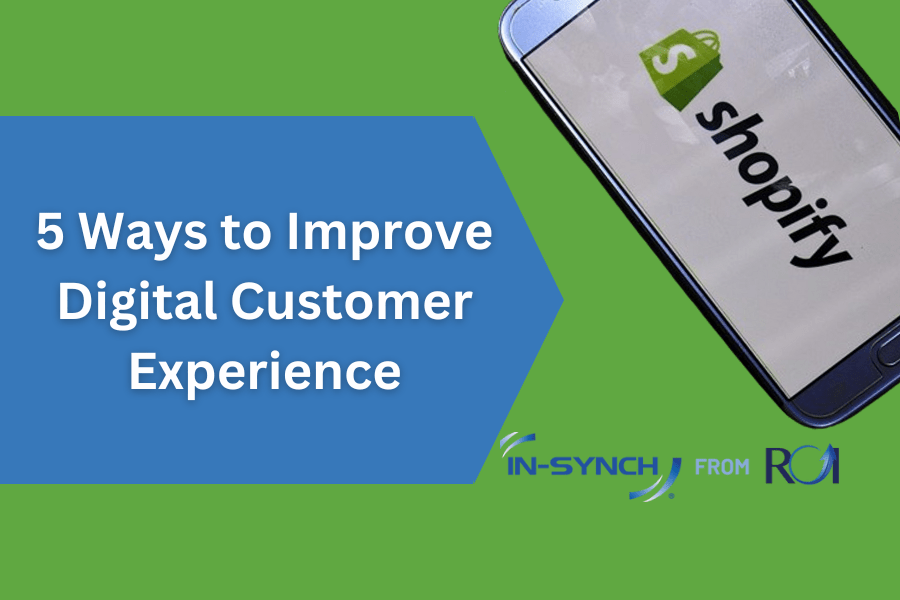By Ruth Richter • March 15, 2019
Many of us have forgotten what it was like before we could shop online. Now you can order your groceries, pay your bills, send Mother’s Day flowers, and browse for a graduation gift for your nephew without getting off the couch. We’ve been buying things on the internet since 1994 when a young entrepreneur named Dan Kohn sold a Sting CD to a friend via his website NetMarket.
We’ve come a long way since 1994, but even today, many ecommerce sites aren’t perfect because they are not optimized for search engines. Some of these issues affect the ability for the website to be found. Others affect how the site loads. The best advice we can give is to identify an SEO (Search Engine Optimization) partner who can analyze your set up and help you optimize your ecommerce platform to be more easily found.
These are some of the top ecommerce website mistakes your SEO expert will confirm affect SEO.
10 Common Issues Needing Adjustment for Ecommerce Website SEO
- Difficult to Crawl: Search engines index website content by crawling the site. If your site isn’t crawlable, search engines won’t show it in search results, which means that potential customers can’t find you. Temporary redirects, permanent redirects, blocked crawling, and disallowed external resources are just a few of the issues that could affect your site’s crawlability.
- Broken Links: Internal links that help your customers move from one page to another—say from a product they’re already buying to a coordinating add-on—are not only important to gain more revenue, but also for search engines. If your internal links are broken, you’re missing out on search engine traffic. More importantly, you’re missing out on the additional sales that could be garnered from properly connected internal links. Be sure to test your ecommerce site thoroughly to ensure that all links go where they’re supposed to.
- Inaccurate Sitemaps: You might be surprised to learn that not every page on your website needs to be on the sitemap. If you have pages that redirect or include a noindex tag, you don’t want them showing up in search engines, which means they do not need to be included on your sitemap. Keep your sitemap file the appropriate size by ensuring it includes only the most necessary pages for search engines to find.
- Poor URL Structure: Ever copied a link to send a friend or colleague only to have it be a huge conglomeration of symbols, slashes, and letters after the initial .com address? URLs that are essentially unreadable due to too many parameters, underscores, and characters confuse people, and confuse search engine crawlers, too. Keep URLs as short and simple as possible.
- Missing Robots.txt: Search engines learn about websites before crawling them by reading the site’s robots.txt file. This file tells the web crawler which parts of the site to process and which parts to avoid.
- Outdated Technology: When was the last time you visited a website and needed to update your Adobe Flash player to view the site? It’s likely been a while, as Adobe Flash is sunsetting in 2020. Sites that used Flash are updating to more current technology, because those who have not updated will experience—you guessed it—trouble with search engine indexing.
- Lacking HTTPS Security: With the high number of data breaches that occur each year, it’s important to do all you can to ensure your site can avoid being part of a breach. Not only that, most customers are savvy enough to look for the lock symbol in their browser that signifies a secure HTTPS connection. Ecommerce sites that don’t promise that security play a high-stakes game and risk their customers leaving for a more secure site.
- Poor Content: It’s not enough to have a great product name or a flashy headline. Your ecommerce site needs plenty of other quality content that accurately describes the item a customer is purchasing.
- Poor Meta Description: The meta description is the short text that users will see in their search results. Creating meta descriptions that are not only the right length for the space available but also accurately describe your product and/or company offerings seems pretty challenging. But having the right meta description can mean the difference between getting a new customer and being scrolled past for a different result on Google.
- Image Problems: Rarely will someone buy something they’ve never seen. Product images are paramount for ecommerce sites so customers can get the best idea possible of the product they’re ordering. Incorrect images, poor quality images, and missing images can all play a part in sending your customers searching at other sites.
Find Your Ecommerce SEO “Happy Place”
Just like engaging a company like ROI Consulting to perform expert Sage 100 integration is a great investment, using an SEO expert to optimize your SEO performance is definitely a good investment that will return to your business in numerous ways.
In the meantime, if you are looking to find out how our experts can integrate your platform with Sage 100, and keep that integration operating incredibly secure for your website peace of mind, click here or call 402-934-2223, ext. 101.




